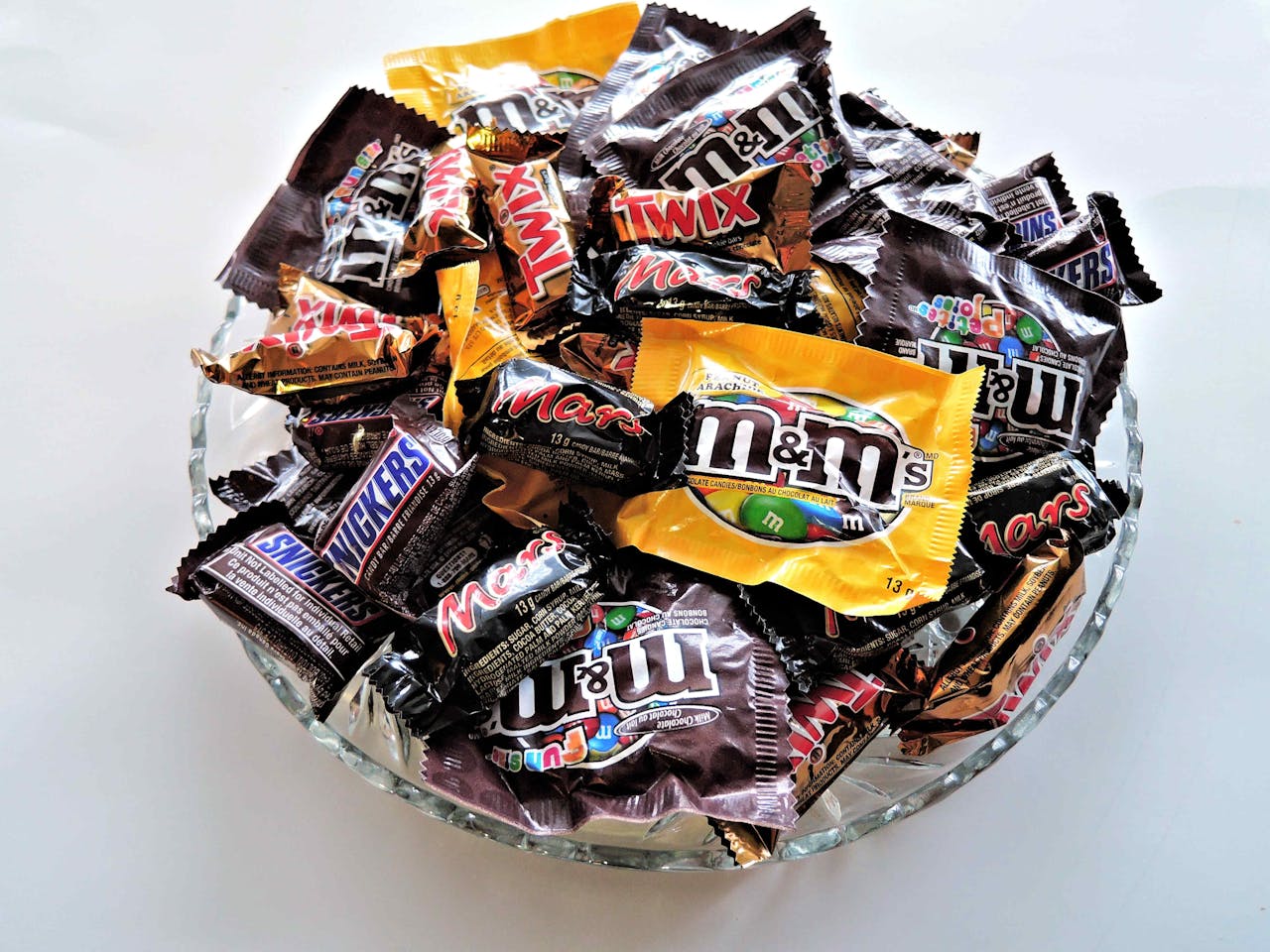Halloween baskets carry stories, not just sugar. Many classics began as happy accidents, wartime workarounds, or clever rebrands that later fit neatly into October rituals. Some crossed oceans before finding a home on American doorsteps. Others grew from one pot to factory lines that ran day and night. What ties them together is simple. Each candy solved a problem, won fans across generations, and still rides in pillowcases to the living room floor for that end-of-route trade.
Candy Apples
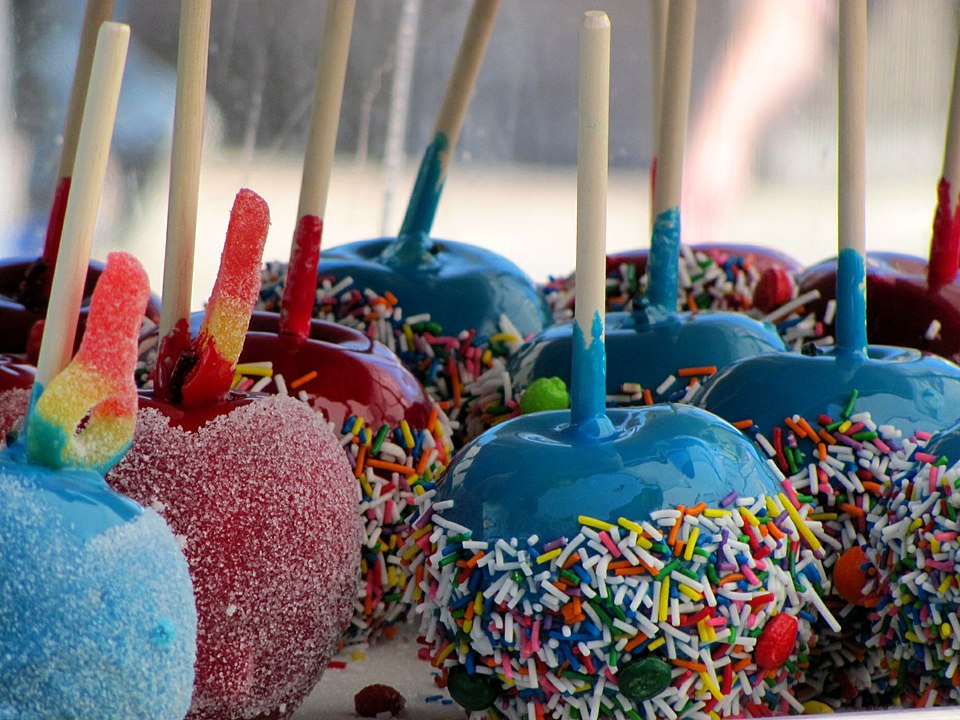
The shiny red icon was a slip that stuck. In 1908, a candymaker dipped apples into a cinnamon-red glaze meant for holiday sweets, then set them in his window, where they sold out on sight. It paired fall fruit with carnival spectacle, turning a farm stand staple into festival theater. Even as wrapped candy took over front steps, the apple stayed a seasonal signal. One bite snaps like a drumroll, and the gloss alone can make a porch feel like a fair.
Candy Corn
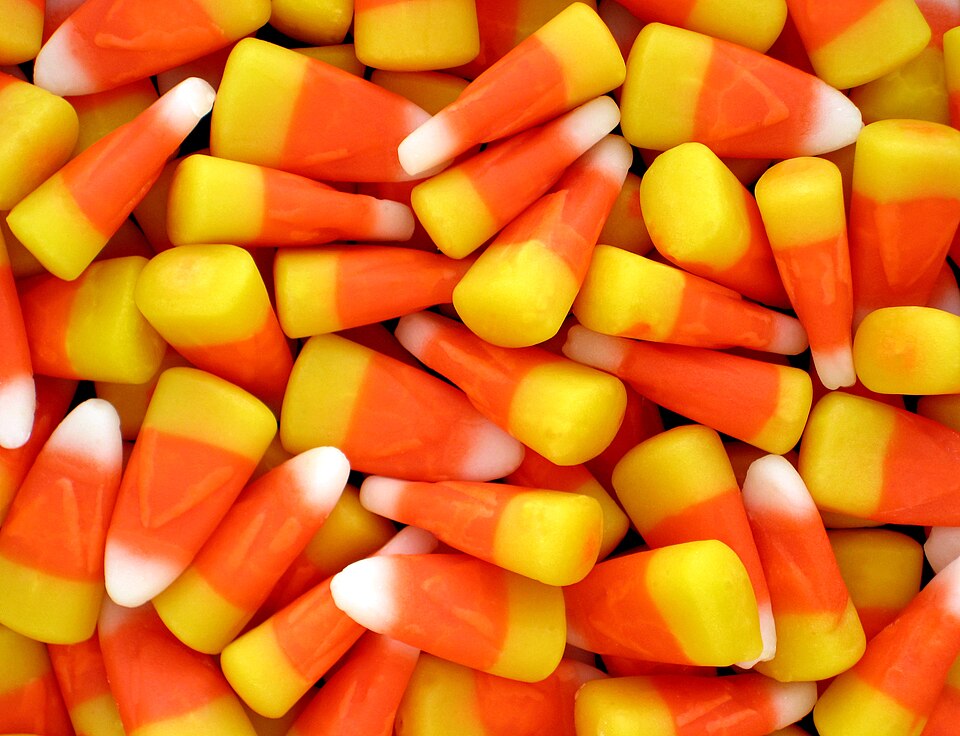
Launched in the 1880s as “Chicken Feed,” the tri-color kernels were poured by hand, stripe by stripe, and boxed with a rooster to court rural shoppers. The look did the heavy lifting; simple ingredients and bright layers read as harvest in miniature. When trick-or-treating exploded decades later, the pieces slid into bowls at schools and church halls without effort. People love it or argue about it, but the candy’s power is ritual. It marks the month as surely as pumpkins do.
Reese’s Peanut Butter Cups
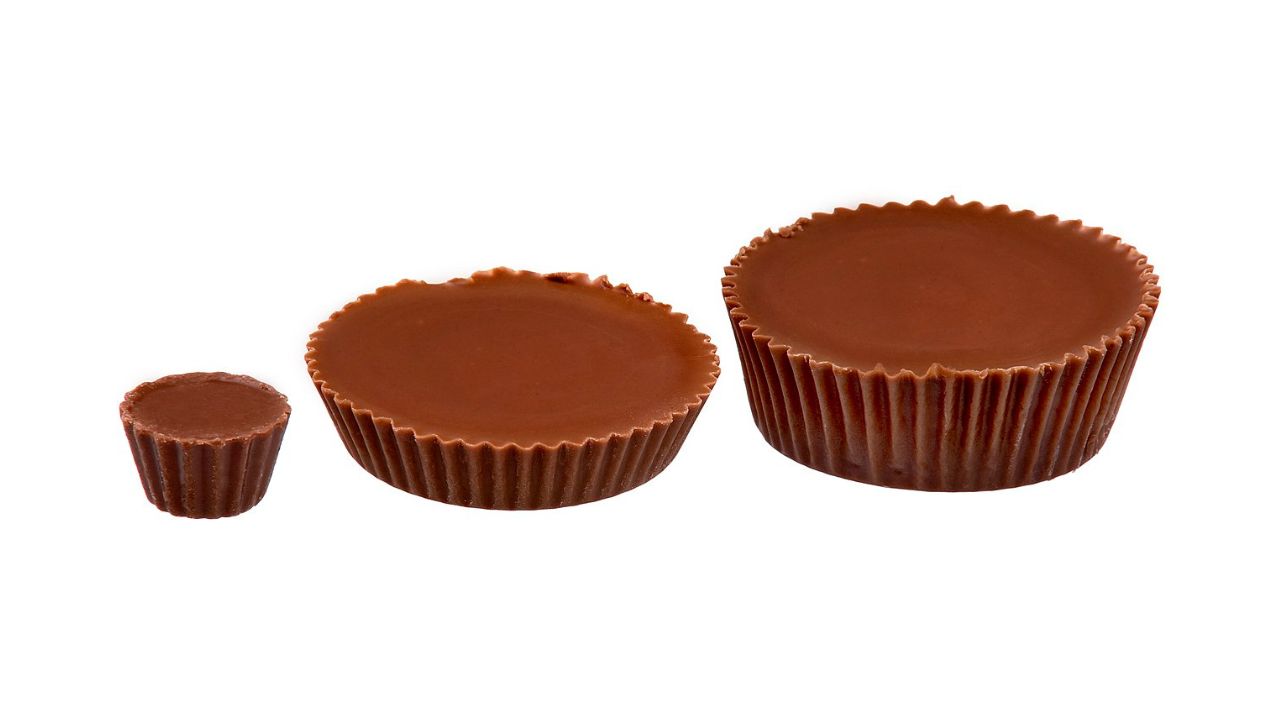
H. B. Reese, a former Hershey employee, tinkered in a basement until salt met sweet at the right ratio. Wartime rationing slowed chocolate, but once supplies eased, the tidy cup took off. It stacked cleanly at checkout, traveled well, and tasted like a small bake sale victory wrapped in orange and brown. The genius lives in the texture math: a soft center that holds its shape and a chocolate ring that does not crumble in a pocket, glove box, or pillowcase.
Snickers
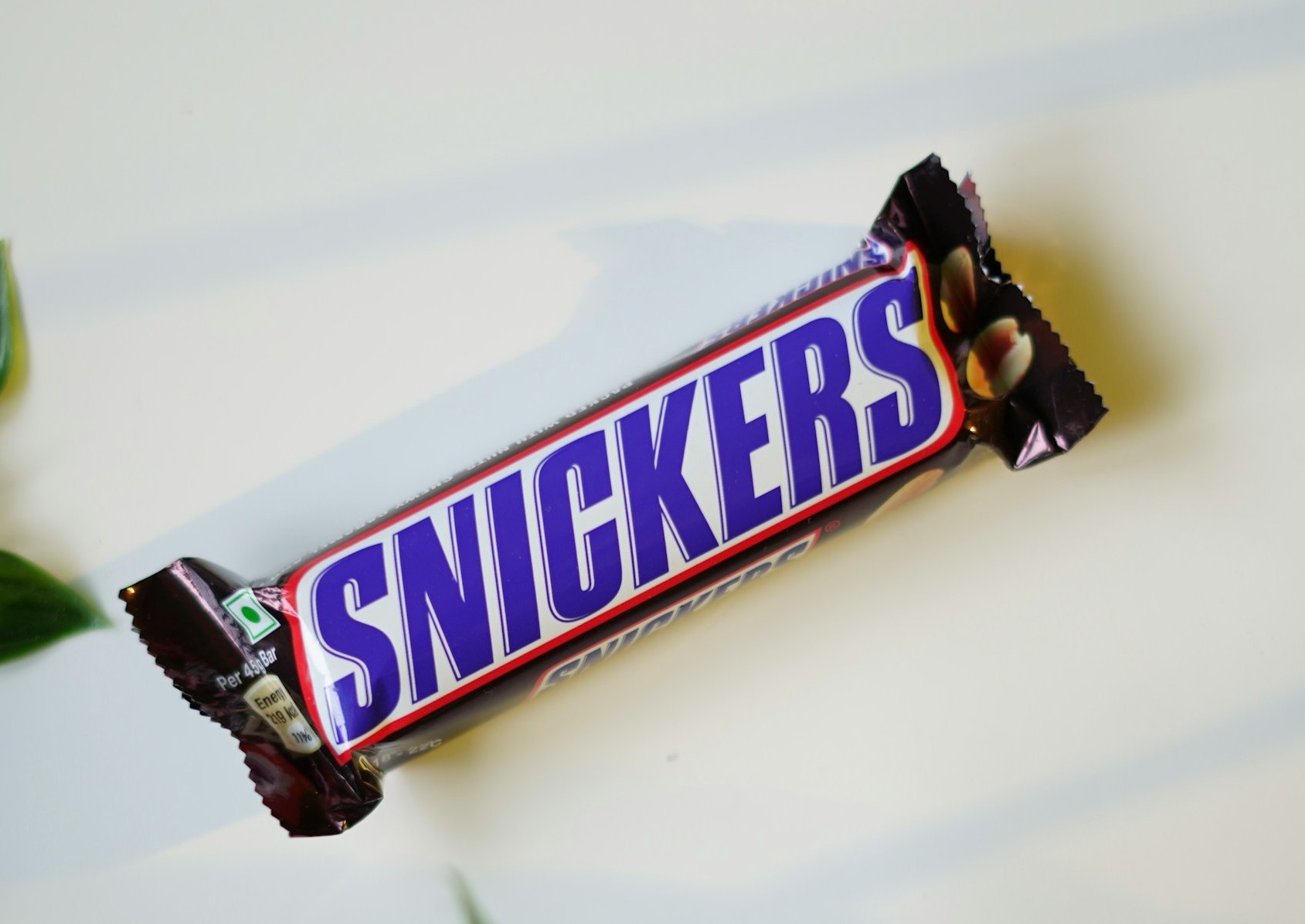
Mars mixed nougat, caramel, and peanuts in 1930 and named the bar for the family horse. During the Depression, a bar that ate like a snack made hard sense, and the layered build held up in gas stations and corner stores. Peanuts brought heft, the wrapper promised reliability, and the taste stayed steady enough to anchor a road-trip aisle for generations. On Halloween, it trades high because it feels like food, not just candy, which matters by block seven.
Kit Kat
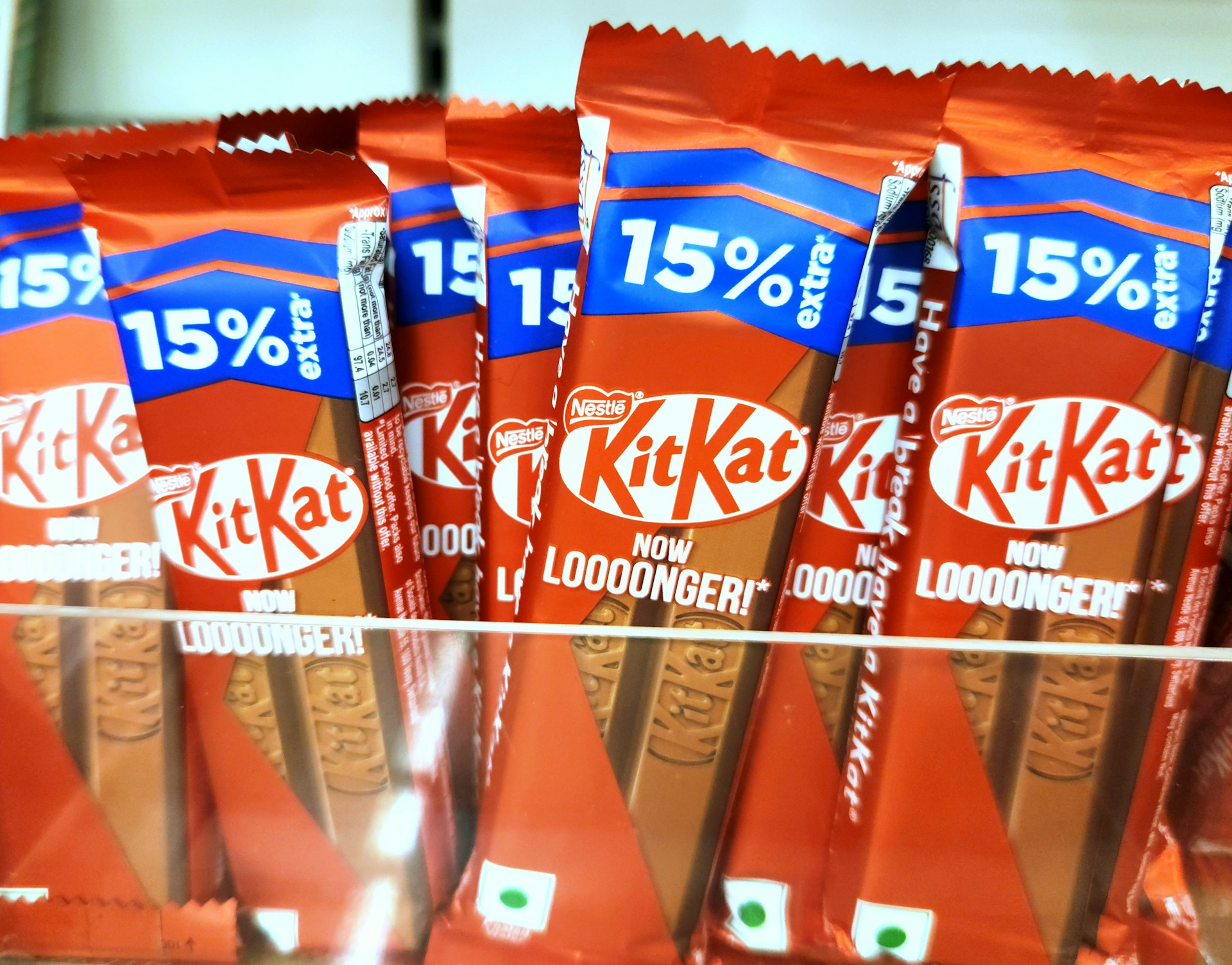
Rowntree introduced Kit Kat in Britain in 1935 as a crisp break bar that slipped into a pocket without crumbling. Wartime rationing even changed the wrapper for a stretch, training shoppers to trust the snap more than the box. Later, Hershey licensed U.S. rights, and the four-finger format sold itself on stoops and school steps. Shareable by design, it turns a bar into a moment with rules: tap, split, pass. Few candies make generosity feel this neat.
M&M’s
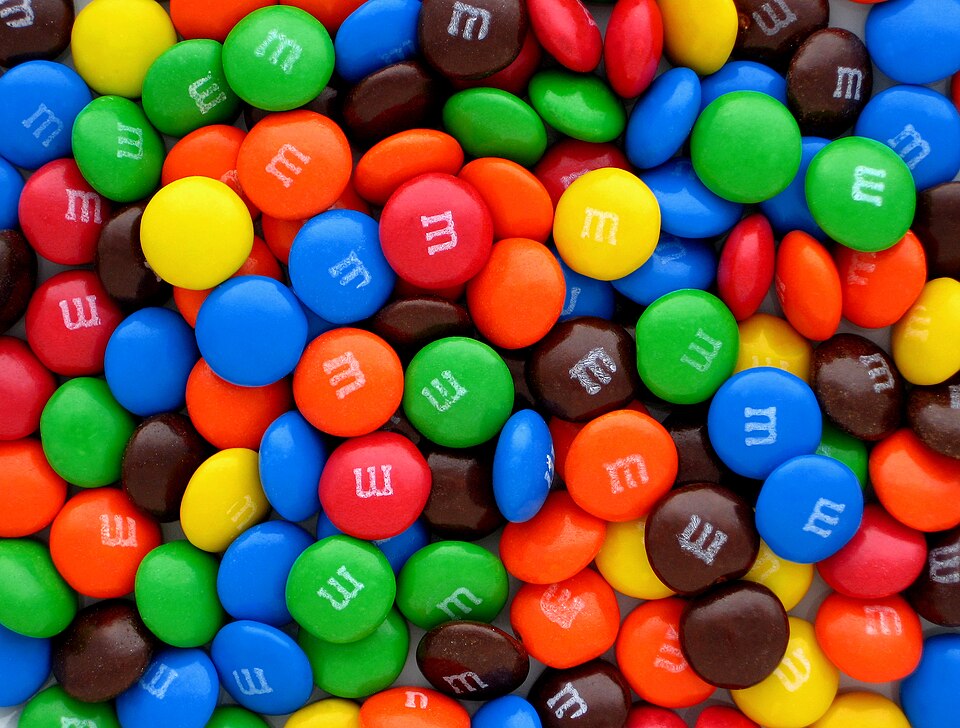
In 1941, the goal was simple: chocolate that would not melt in soldiers’ hands. A hard shell solved heat, wartime contracts scaled production, and peace brought color stories that kept the brand playful. The pieces pour, store, and travel without mess, which is exactly what a porch-to-porch night needs. Seasonal mixes keep interest high, yet the core never changes. Each handful is a pocket-size logistics win, the kind of reliable pleasure that outlives slogans and packaging tweaks.
Tootsie Roll

Leo Hirschfeld set out in the 1890s to make a chocolate treat that could survive summer. His cocoa taffy stretched, wrapped, and stacked cheaply, turning penny jars into steady profits. Sugar limits during wars favored simple recipes, so production kept humming while fancier confections paused. On Halloween, that chew slows the tempo in a good way. It buys a minute between porch sprints, keeps hands busy during the ride home, and tastes like a corner store still open late.
Milk Duds
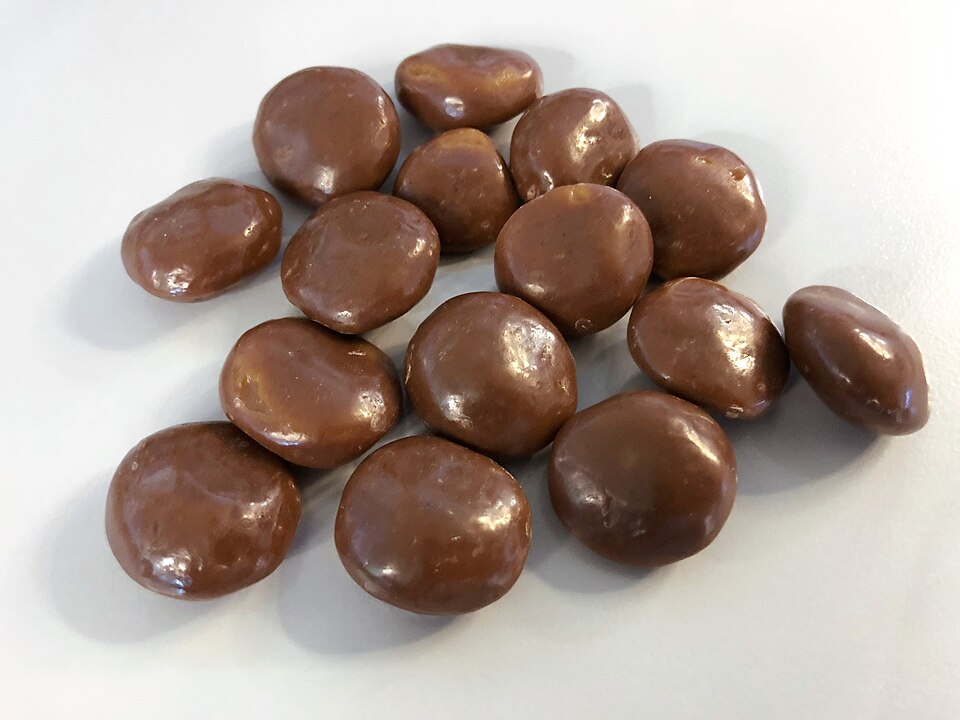
The makers aimed for perfect spheres of chocolate-coated caramel in 1928 and kept landing slightly flattened centers. Rather than hide the flaw, they named it, and the self-own became charm. The small cartons slid into movie houses first, then into October sacks where durability matters. The pieces resist heat, reward patience, and deliver slow caramel pulls that feel earned after a long loop. It is the rare candy whose origin story tastes like the product: stubborn and sweet.
Smarties
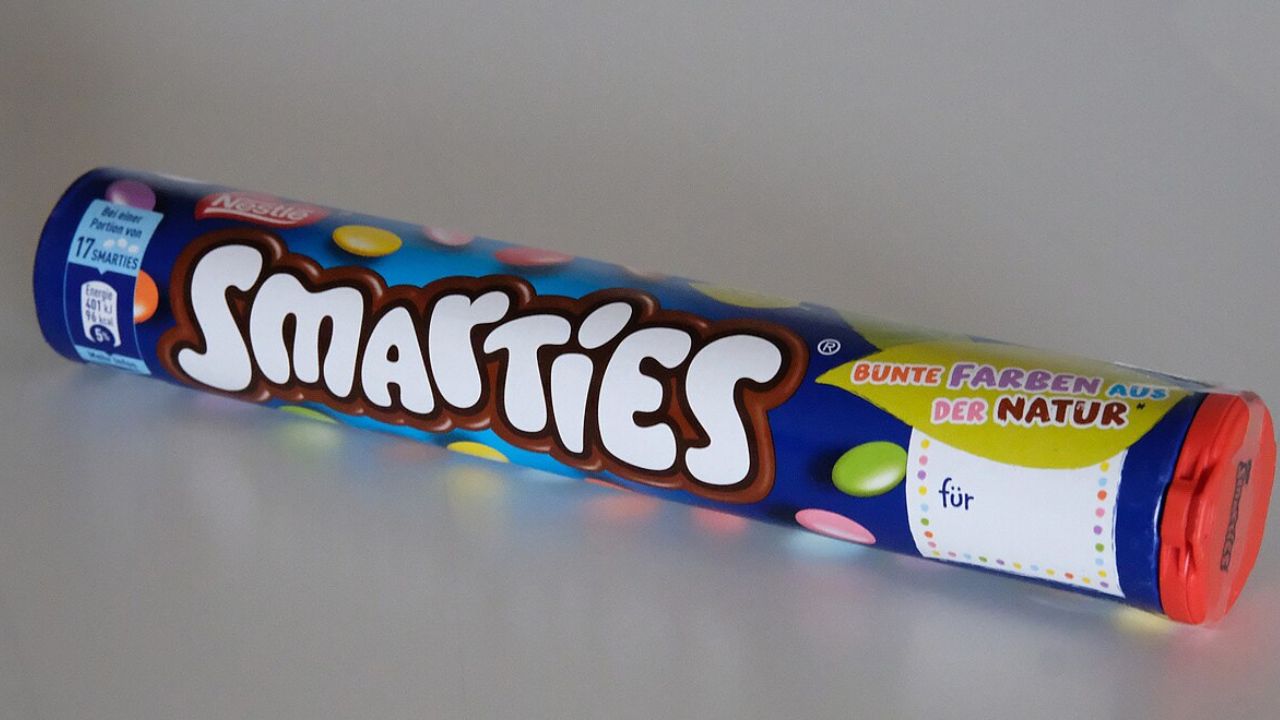
In the United States, Smarties are tart tablets pressed on machines once used for lozenges, which explains the chalky snap and tidy rolls. Launched in 1949, they were cheap to make, light to ship, and easy to hand out by the handful without sticky fingers. Parents appreciated portion control; kids appreciated that a single roll traded cleanly for a mini bar. When bowls run low, Smarties keep the line moving. No mess, quick thanks, and back to the sidewalk.
Skittles
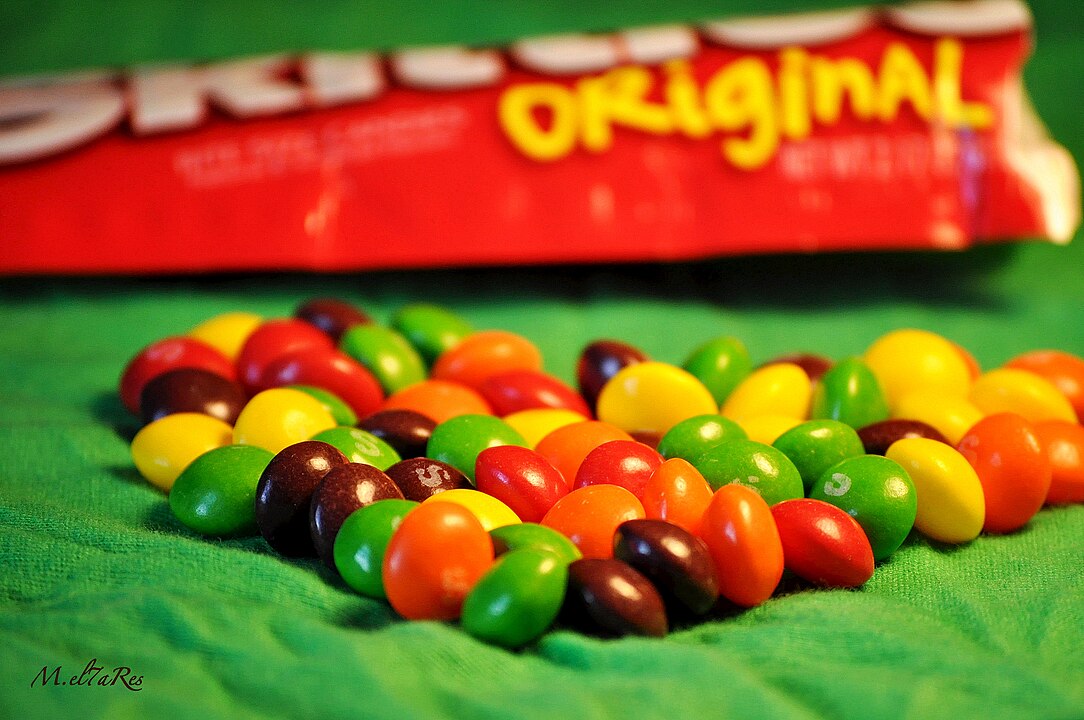
Born in the United Kingdom in the 1970s, Skittles leaned on bright fruit notes and a shell that nodded to earlier lentil candies. The American debut added a simple invitation, taste the rainbow, and suddenly color became a game. Limited runs kept attention, but the chew stayed consistent and satisfying. For Halloween, the magic is in small bags that deliver variety in each handful. One rip gives a mix worth sharing, which smooths trades when negotiations get loud.
